ABOUT: C-COM Satellite Systems Inc. is a pioneer and world leader in the design, development, and manufacture of transportable and mobile satellite-based antenna systems. The Company has sold more than 10,000 antenna systems, in over 100 countries, through a dedicated dealer network that provides service to a wide range of vertical markets such as Oil & Gas Exploration, Military Communications, Disaster Management, etc. C-Com’s iNetVu® brand is synonymous with high quality, reliability, and cost-effectiveness. The Company is in late-stage development of a potentially revolutionary Ka-band, electronically steerable, modular, conformal, flat panel phased array antenna. In cooperation with the University of Waterloo, C-COM is engaged in the design of this unique antenna with the intent of providing low-cost, high-throughput mobility applications over satellite for land, airborne and maritime verticals. For additional information please visit www.c-comsat.com

INTERVIEW TRANSCRIPTS:
WSA: Good day from Wall Street, this is Juan Costello, Senior Analyst with the Wall Street Analyzer. Joining us today is Leslie Klein, President and CEO for C-COM Satellite Systems. The company trades on the TSX Venture, CMI and on the OTCQB CYSNF. Thanks for joining us today there, Leslie.
Leslie Klein: Thank you for having me Juan. It’s nice to talk to you again.
WSA: Yeah, great. It’s been about six months since our previous call. For some of our listeners that might have not caught some of our previous conversations. Can you give us an overview there of the company?
Leslie Klein: Yeah, since last we talked, the company has released its third quarter financial results, which were actually very nice, very good. The revenue of the company over last year’s numbers was up 33%. We generated an increase of sales in over 2021 of 102% and the net income of the company was up $233,935 or $0.1 per share and compared to the net loss during the Covid of last year of $38,000. So the company has generated an additional $1.1 million of income cash actually. And the cash flow of the company has increased 44%. So in essence and the company paid out over $500,000 in dividends in the third quarter and that was our 42nd consecutive dividend since the company was started 25 years ago. And we have been profitable for most of the 25 years that we have been in business. The company has no debt. It has about $25 million of working capital and has paid out close to $20 million of dividends over the period of time that it was paying dividends.
So in essence, we are extremely well positioned to do better and better in the next coming years. And we are coming out of COVID very strong with some new technology. The company is developing Phased Array Electronic Antenna System that hopefully will be commercialized by this year, entering the Ka-Band frequency market with this new electronically steered phased array and antenna that we’ll be addressing in the next three to four years a $17 billion market for these products. So the company is doing well. As I mentioned, its stock is generally undervalued, it’s tremendously undervalued, I should say. Based on the performance of the company and based of its health and based on the technologies that we are pursuing and developing and ready to launch in the next year or so.
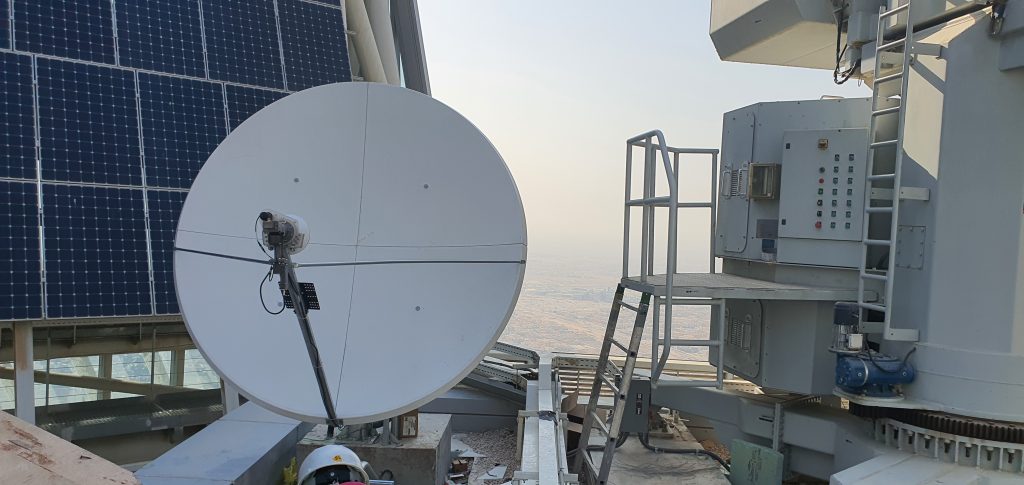
WSA: Yeah. Well, can you talk about some of the applications for your K-Band array antenna system, who the clients are that you target and perhaps other applications that we may have not thought of?
Leslie Klein: So the company presently sells antenna systems that are based on the parabolic antenna technology, which is very old, very efficient, very low cost technology. The company has 33 employees. It operates or works with the University of Waterloo in Canada that where the technology for the phased array antenna is being developed. We have sold over 10,000 antennas in 106 countries through a hundred and that’s through 600 integrators and resellers who sell the antenna systems on our behalf. That’s why we can be all over the world and deliver these products to customers such as military, disaster, recovery, cellular backhaul, mobile banks, mobile healthcare units and many, many other vertical markets like oil and gas, who use these antennas to deliver high speed internet in remote areas where connectivity is very poor or simply does not exist.
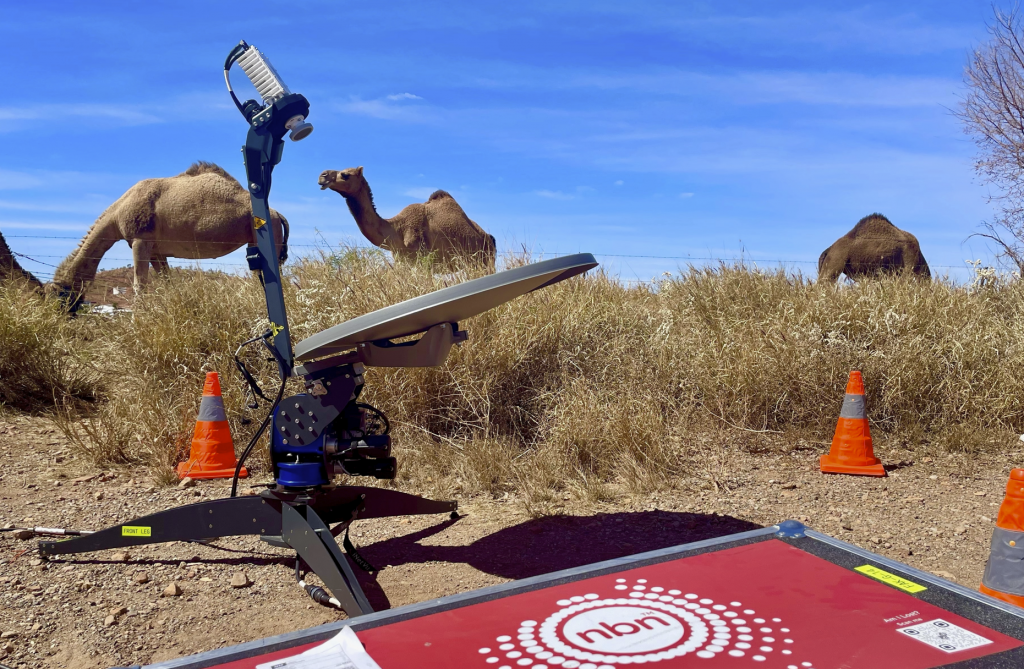
So the beauty of the technology is that you press a button and the antenna finds the satellite within minutes rather than having a satellite engineer travel, let’s say with an oil and gas company looking for oil and gas in remote areas and spend two hours trying to locate the appropriate satellite in the area where they are drilling for example. So this is a huge time saver. It eliminates the requirement for a technical person to travel with a vehicle and delivers high speed satellite broadband connectivity at a touch of a button. So it’s a unique vertical market that we have very successfully exploited over the last 25 years. And we are continuing to do the same with the new phased array electronically steered antenna that has been already tested last year over Telesat in Canada and we are building a 4,000-element array of this antenna that should be in productions sometimes next year and addressing a new market of low earth orbit, medium earth orbit and geostationary orbit satellites around the world.
WSA: Yeah. And what are the key goals that you’re hoping to accomplish here over the course of the end of this year and beginning of 2023?
Leslie Klein: Well, what we are planning to do is obviously end the year on a very high note compared to last year, which looks very likely because the year so far has been significantly better than the previous COVID affected years. We also hope to have the first beta phased array antenna delivered to us and start the testing process of it and making it mobile, so it could be utilizable on vehicles, boats, trains, buses, airplanes, on unmanned aerial vehicles and anything that moves that would have the ability to access low earth orbit satellites that are going to be deployed in the tens of thousands over the next number of years. And everybody from Amazon to SpaceX and Telesat and Boeing are working on these low earth orbit satellites that will be covering the whole world, delivering broadband connectivity from pole to pole. So we are planning to be part of the team that will be delivering underground this connectivity using this electronically steered antenna.
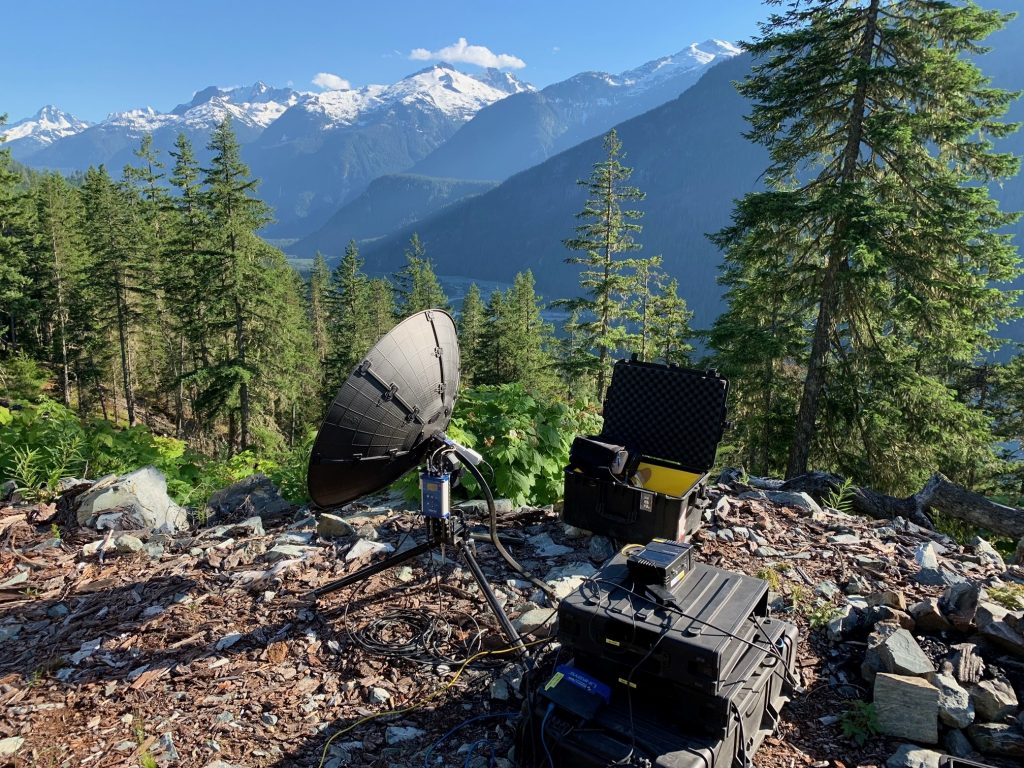
WSA: So can you talk about some of the challenges you face first off with the pandemic and now with the war in Ukraine, how does that affect your bottom line?
Leslie Klein: Well, the war in Ukraine has affected us in a way that of course the pandemic affected everybody, including us. We had delays in accessing labs and the university where we are developing technology had problems getting people onto the campus. So we have lost about four or five months over the completion of this antenna. The pandemic is over I think for us and you can see from this year financials that we are doing significantly better than we did during the pandemic. And of course the Ukrainian war has affected everybody. Us in terms of the fact that we have had a very large presence in Russia in terms of antenna systems that we were selling to Russia, which we are no longer able to sell. Of course, we are selling some to Ukraine and to some of the other countries former Russian republics that have been buying from us before also, so we are allowed to ship product to them. But Russia itself has kind of — it was a significant market for us for spare parts and also for oil and gas exploration with some of the US companies based there and so all of that market now has dried up.
We cannot ship any product to Russia. We also have actually orders that we cannot fulfill. So the Ukrainian war has affected us in many ways and I’m sure many other companies have also been affected. In addition to that, there has been the issue of shipping costs that have been horrendously high this year and the lack of some integrated circuits that have forced us to redesign some of our controllers because the inability to obtain some parts that we would need for the design of these and also just the length that it would’ve taken us to get some components. So we were lucky. We had an extensive inventory of more than $7 million of product. So we are able to ship unaffected due to these the pandemic and due to the shortage of parts. But we had to spend a lot of time this year sourcing new components and paying much higher prices for them, which of course are then reflected in the cost of the equipment. But we can say that unlike many other of our competitors who cannot deliver product, we have extensive inventory and we can ship. So we are in a position where we have no issues delivering product.
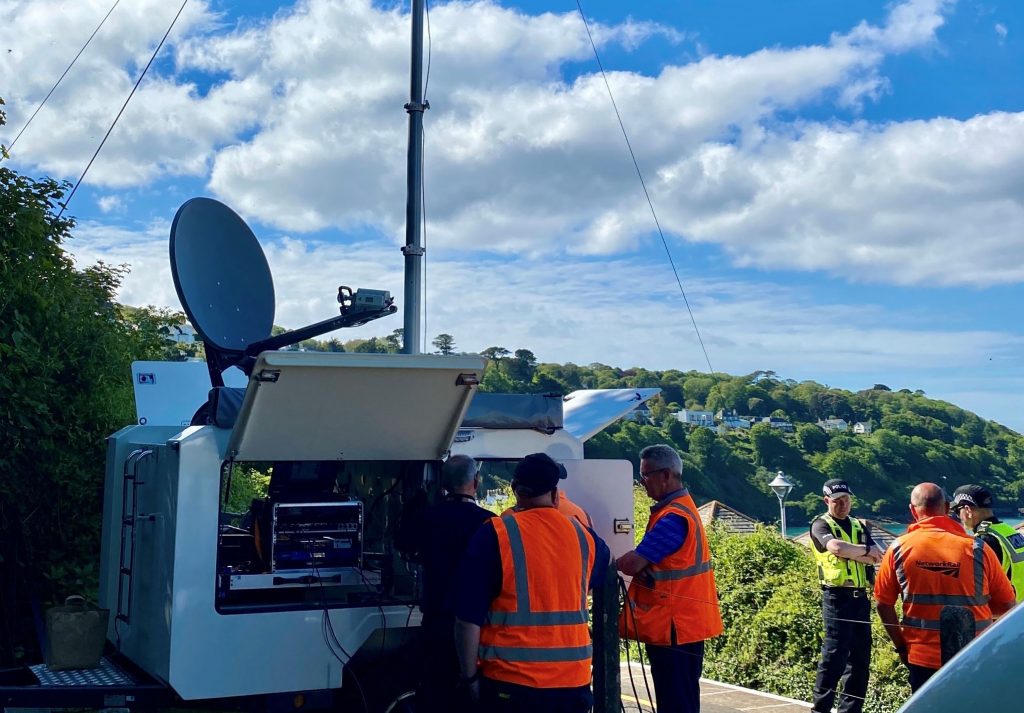
WSA: Yeah, certainly. And so what are some of the factors that you feel make C-COM unique from some of the other players in the sector and able to capitalize on some of the current trends?
Leslie Klein: Well, one of the biggest factors is availability of product. The other factor is the product is still very attractively cost effectively priced and very reliable. So we have extensive customers around the world from Airbus to Telesat to Eutelsat and many other Viasat use customers who are buying product from us for resale around the world to their clients. And because we have product and the product has proven itself to be extremely reliable in the field over the last 25 years. And we believe that we are in a very strong position both cash wise and also product wise and technology wise to deliver over the next number of years the products that customers are looking for. And we are also looking forward to introducing this new technology, these phased array technology that we hope will dramatically change the way a high speed broadband is being delivered around the world.
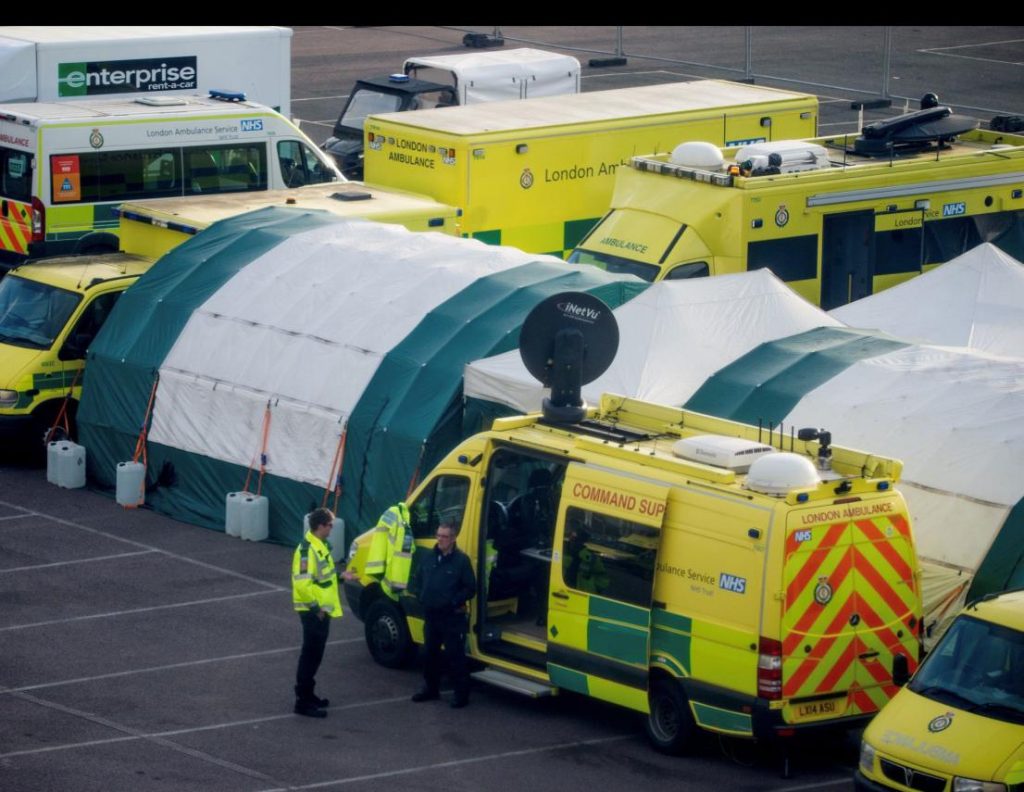
WSA: Right. Yeah. And so as far as investors in the financial community, as you mentioned, you felt the stock being undervalued, what do you wish perhaps they better understood about the company or your sector which will result in a possible higher evaluation?
Leslie Klein: Well, I mean, the stock in the US market, I think today is a dollar. So it is us inexpensive as it was 25 years ago. Unfortunately, when we had nothing and we went public, actually the stock was higher when we had nothing and we went public. Today, the company as I said has 25 million plus dollars of working capital. It’s paying dividend, it has no debt. It has phenomenal technology. So I think the potential investors should look at the company and make a decision to see if it’s worthwhile to invest in this large potential upcoming market that as I mentioned is going to be representing a $17 billion market, of which C-COM will definitely get a share and it will transform the company dramatically from what we are today to what we will be in three to five years.
WSA: Right. And perhaps you can talk a little bit about who the key management is. Have you had any recent additions and what’s your skin in the game?
Leslie Klein: I own about 40% of the company. I never sold any shares because I believe that there is still an upside to the company coming with this new technology that is going to be released. The structure of the company has not changed. We still have the same number of people. We still have the same management, the same board as we had in the last 10 or 12 years. And the names of the company individuals are on the website, from the CFO to the CTO to the board members and myself. And we believe that that also shows the stability and the viability of the business that has been around for such a long time. And it’s one of the rare technology companies that has no debt, pays dividends and has some interesting and developing exciting new technology.
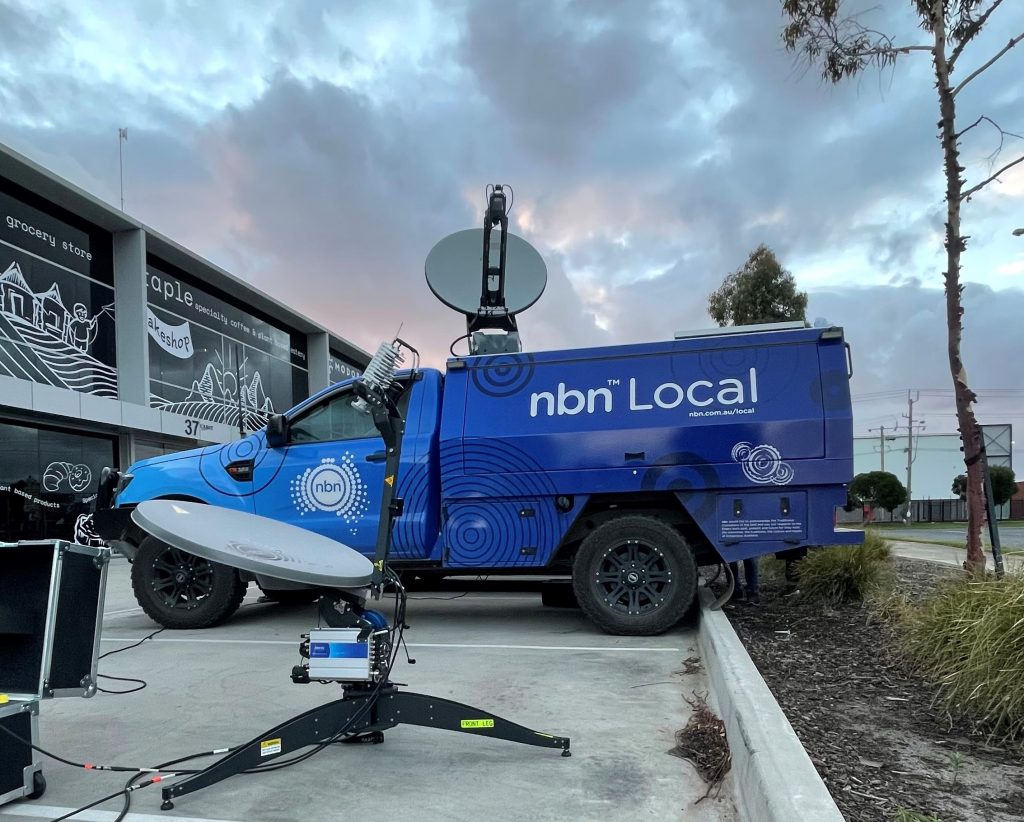
WSA: Right. And as mentioned, currently trading at a dollar a share, US market cap on about $50 million US if I’m doing the math right.
Leslie Klein: About 45-47 Million.
WSA: Correct. Yeah. And so before we conclude here Leslie, why do you believe investors should consider the company as a good investment opportunity today?
Leslie Klein: Well, as I mentioned before, you are entering a $17 billion potential upside market that there is very few players at the moment in the market other than some of the satellite operators who are launching billion dollars worth of satellites into this marketplace. And we will be there on the ground hopefully with a technology that will allow these satellites to deliver high speed broadband in the Ka-Band to millions of potential customers around the world. And also make it possible for a large number of industries from IoT to unmanned area of vehicles to access these tens of thousands of low earth orbit satellites that will be delivering or we are already delivering in the Ku-Band that is already delivering high speed broadband. But in the Ka-Band they are yet to come and we will be there next year hopefully with the technology to make it possible for those launching Ka-Band satellites into low orbit to use the antennas that we are developing in those many number of vertical markets and addressing this enormously large $17 billion potential antenna business that’s coming over the next number of years.
WSA: Well, we certainly look forward to continuing to track the company’s growth and report on the upcoming progress. And we’d like to thank you for taking the time to join us today Leslie and update our investor audience on C-COM. It’s always good having you on.
Leslie Klein: Thank you very much for having me, Juan. It was a pleasure.
